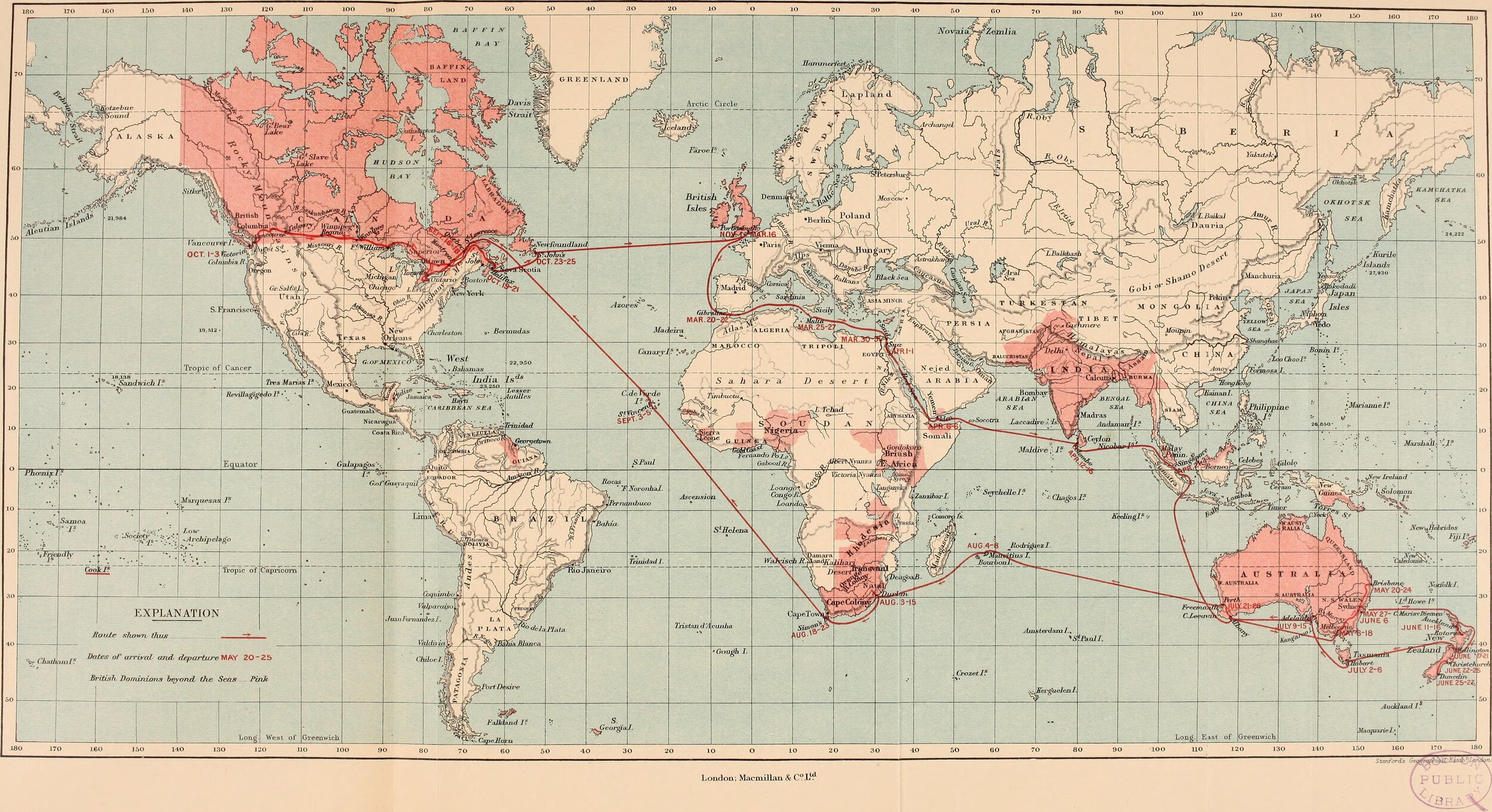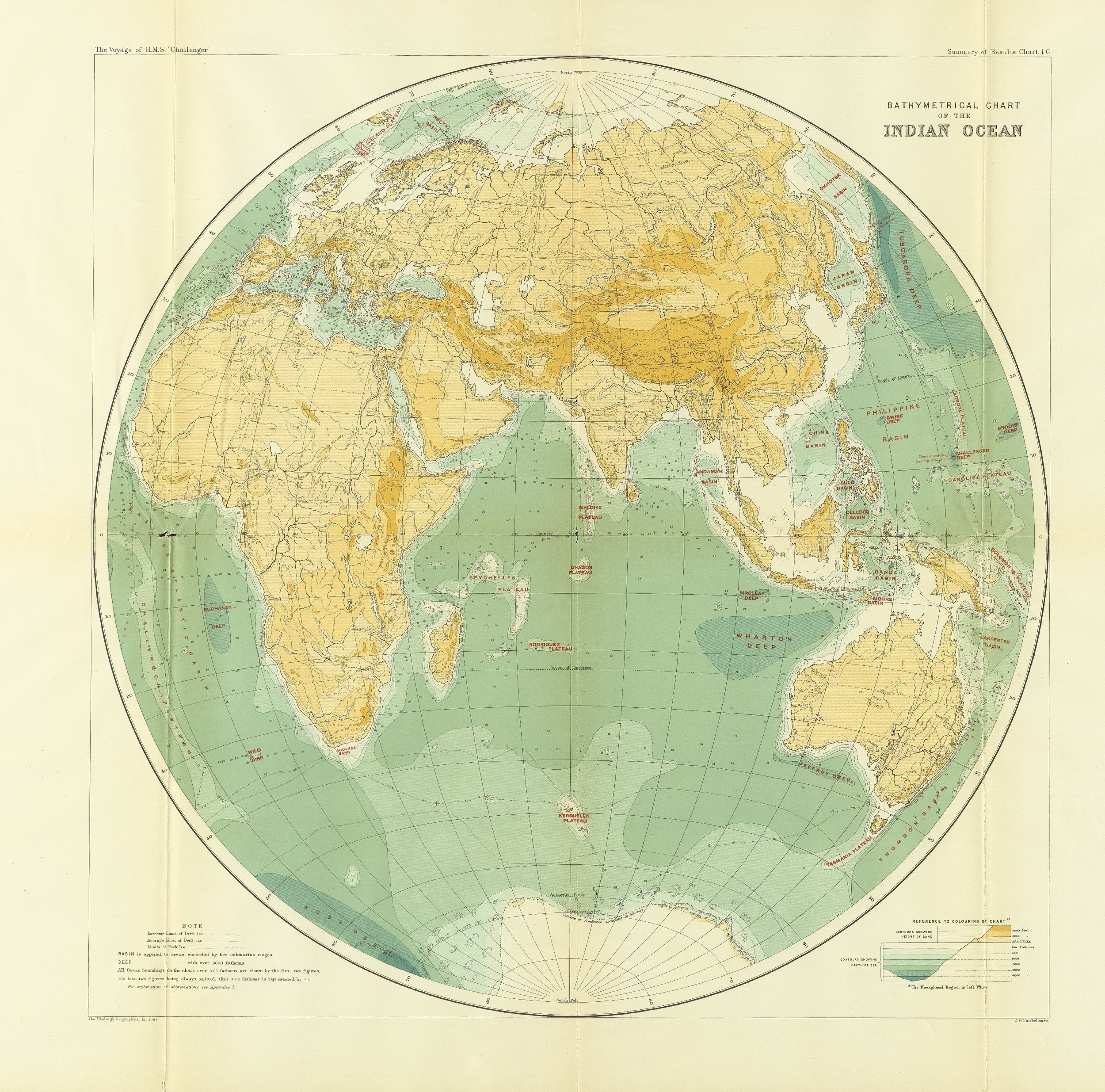
Part 5:
1945 to 2020: The Big Picture
#94 America, China, and the Struggle for Global Hegemony: Can the World Survive?
The peoples of Western Europe had risen from one world of relative poverty and had learnt how to take the wealth from the Americas and transfer it to their own countries. This was slavery and latterly until 1920, indentureship. A whole set up of banks, shipping companies, and insurance companies had arisen to make these transfers possible. From the 1750s the European invaders turned their attention to Asia and systematically began the colonisation process anew. At the same time, as they attempted to colonise and extract the wealth of Asia, the colonising countries began the process we now recognise as industrialisation alongside the rapid growth of cities. The surplus resources extracted through colonisation were used to finance the growth of new industries.
#89 The Fall of the Soviet Union
When the Soviet Union collapsed in 1989, the western world was stunned. Their hyperbole of criticism and their lack of access to Soviet economic statistics left the Western countries unprepared for what to do next. The USA was prepared to celebrate; their Cold War had been successful, and they moved their best economists to Moscow to advise. From having no access and very limited knowledge, suddenly the situation was reversed. Their imperial ambitions soared.
#88 World Power: An Aphrodisiac for the Unwary
The key to understanding the Americans and world power after 1945 is that maintaining her competitive advantage has always been her key political concern. That has meant creating and then maintaining key alliances with a select number of nation-states like Israel and the old colonial nations of Europe, Japan, and to a lesser degree South Korea. All the others were nations that needed to be dominated.
#87 The Dominant Theme of the 20th and 21st century
The present-day Ukrainian example could not be a better example: The struggle to obtain and then hold onto World Power became the dominant theme of every struggle around the world after 1945. No local struggle however small could be understood after 1945 without an understanding of the dynamics of the global power play. The struggle first manifested itself in the Cold War, from 1948 to 1989. The USSR was seen as an enemy of the USA, throughout this period. The USA organised itself to oppose any move of any state to become Socialist. Past blogs have given many examples. By the 1980s, no means was too horrific for the USA (for a time even torture became normal policy).
#85 China and the rest of the World
Chinese foreign policy in the period from 1949 to 2000 was largely defensive and determined to maintain the revolution. Only after the Chinese treasury was replete with US dollars, and after they began to accommodate American and other western global companies, could they begin to develop a global policy. This was part of the story; the other vital aspect was the lesson they learned from the Soviet collapse in 1991.
#79 The Growth and Growth of China
China has had a centralised society governed over millennia by various dynasties of Emperors. Over the past 500 years, centralised empires in the Americas, Africa, Asia and Europe were destroyed by the marauding powers of Western colonialism. China as a centralised power survived; she reinvented herself. China had developed herself over an extraordinarily long period. Empires like the Ottomans, Russia, or the now-forgotten Holy Roman Empire, lasted for some hundreds of years; but the Chinese empire has lasted over thousands of years.
Chinese development presents to Western audiences one of the major enigmas of this moment of history. On the one hand, we have China’s remarkable growth over the last 50 years, with her ability to enrich almost her entire population. On the other hand, is the struggle for world power with the USA, which is forced on China whether she wishes it or not.
#78 Super Wealth, Poverty and Inequality
From 1973, 70-80% of the USA working peoples income has remained static. The US has remained at war for the entire period. Over the last 20 years, she laid waste most of the modern Middle East. Her attempt to control the world economies have become ever more extreme. The wealth of the wealthiest has shown no boundaries. And now with the unsuspected arrival of a crisis in the forms of climate change and covid infections, the world is a more uncertain place than at almost any time since 1945.
#76 Gold, Dollars and World Trade
The dollar system for trade works well enough for the Western countries. But for any country which the USA disapproves of, she imposes 'sanctions' and that limits the availability of dollars for trade. Cuba has been sanctioned for decades by the USA. Today there are now many new examples: Russia, Venezuela, North Korea, Iran, and Syria are perhaps the main sanctioned countries. Domestic banks across Europe are forced to demand that their customers conform to US foreign policy.
There are now movements to combat these hindrances. China has for some years wanted to use her currency, the renminbi, for world trade. China has already begun to avoid the dollar system, which regularly infuriates the leaders in Washington.
#73 Tax Havens and the World's Rich
Half of the world's trade is said to pass through the tax havens. Trillions of US dollars have managed to avoid tax. In some sense, crime and corruption have come to be accepted as normal business. There has been a significant public outcry at the existence of these havens, not least because the rich are not taxed in a fair and just manner. Whistle-blowers have managed to expose those using these tax havens, embarrassing wealthy firms and individuals.
#61 Global Structural Change 1945 -2020
Here I illustrate the broad outlines of the political framework determined by US policy, followed by the economic framework determined by global events. Some of these events were somewhat outside of the US control. Events like the attack on the Twin Towers in New York, or the collapse of the USSR, were of course outside direct US control. But once they happened, the US policy that followed had global consequences. Over these 70 plus years, the USA has been by far the most dominant power on the planet, hence global structural change has been directed by Washington.
Please don’t gasp with fury at what might at first appear to be a gross overstatement. As time elapsed after 1945, other powers, like China began to play an ever-greater role in world affairs. My job here is to illustrate the big picture on a global scale and you will see how powerful the USA was in 1945, slowly declining as time moved on.









